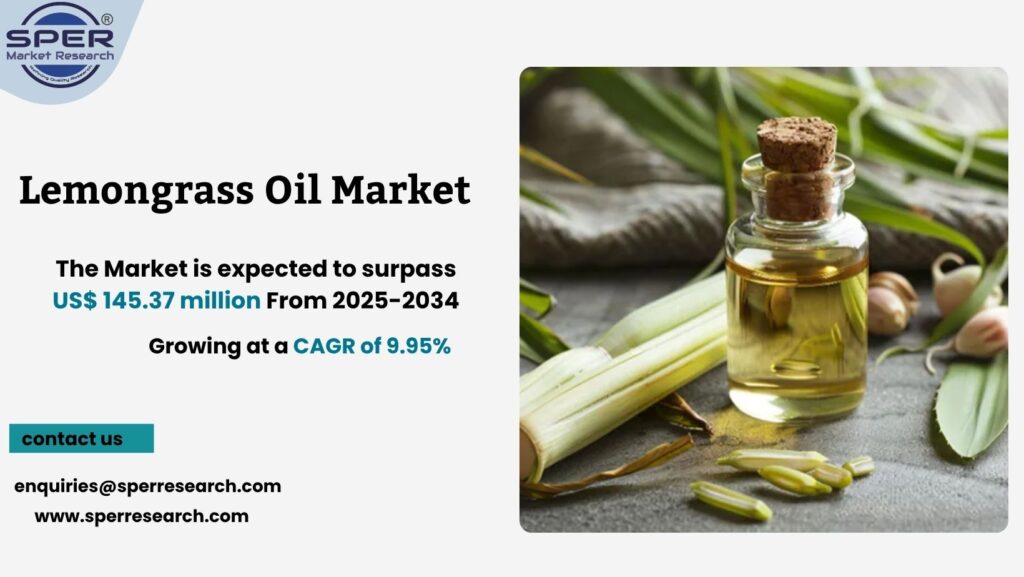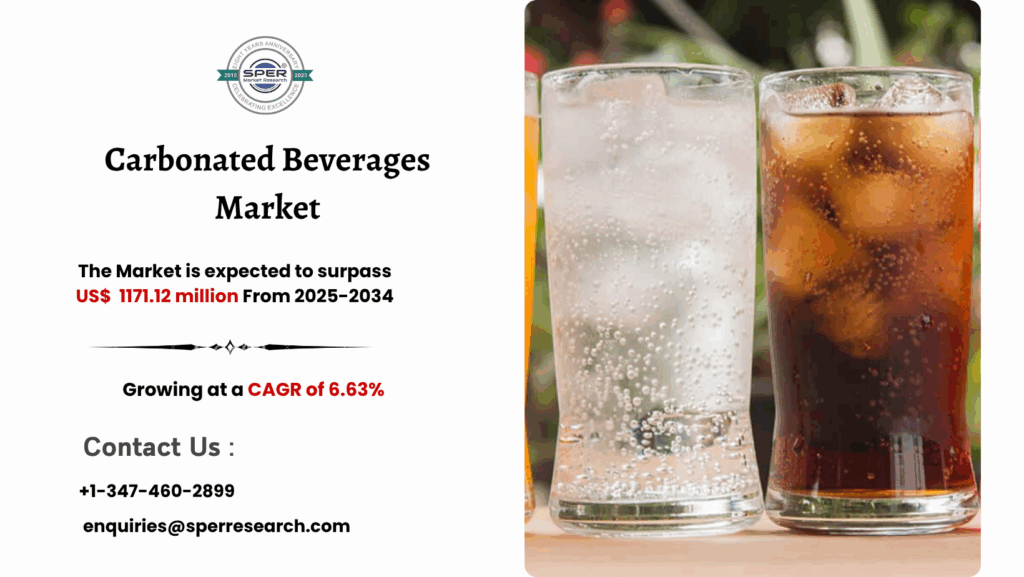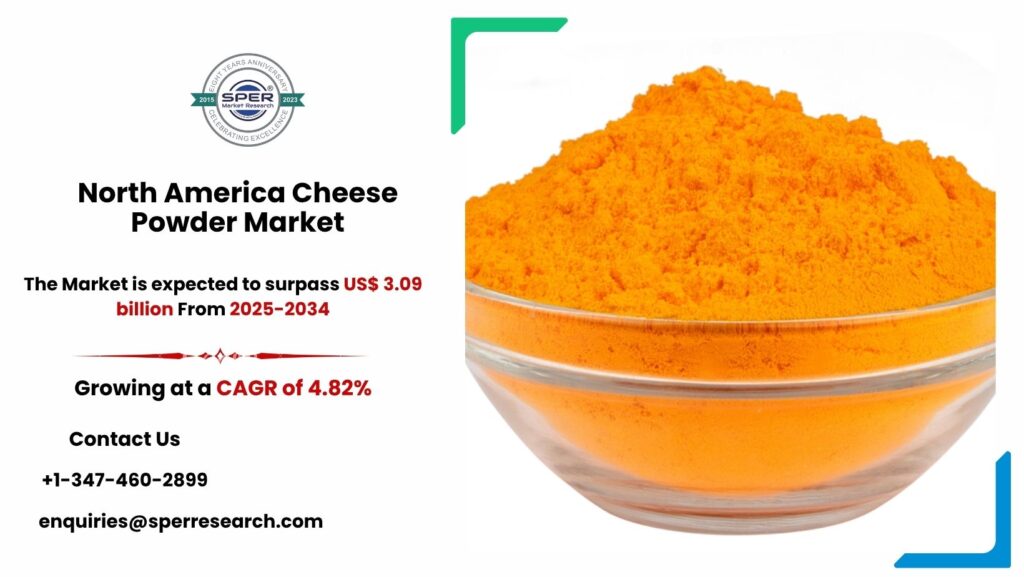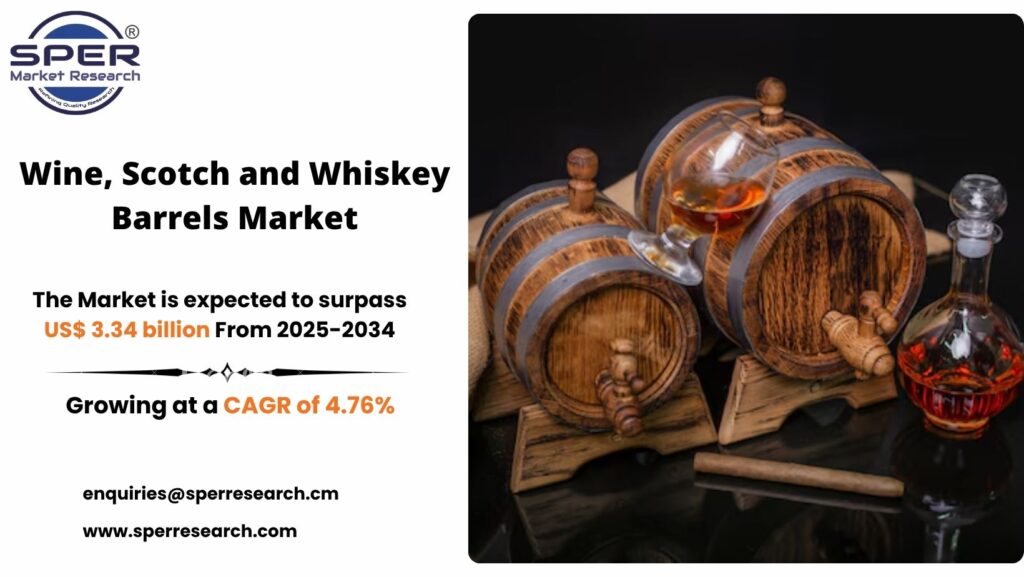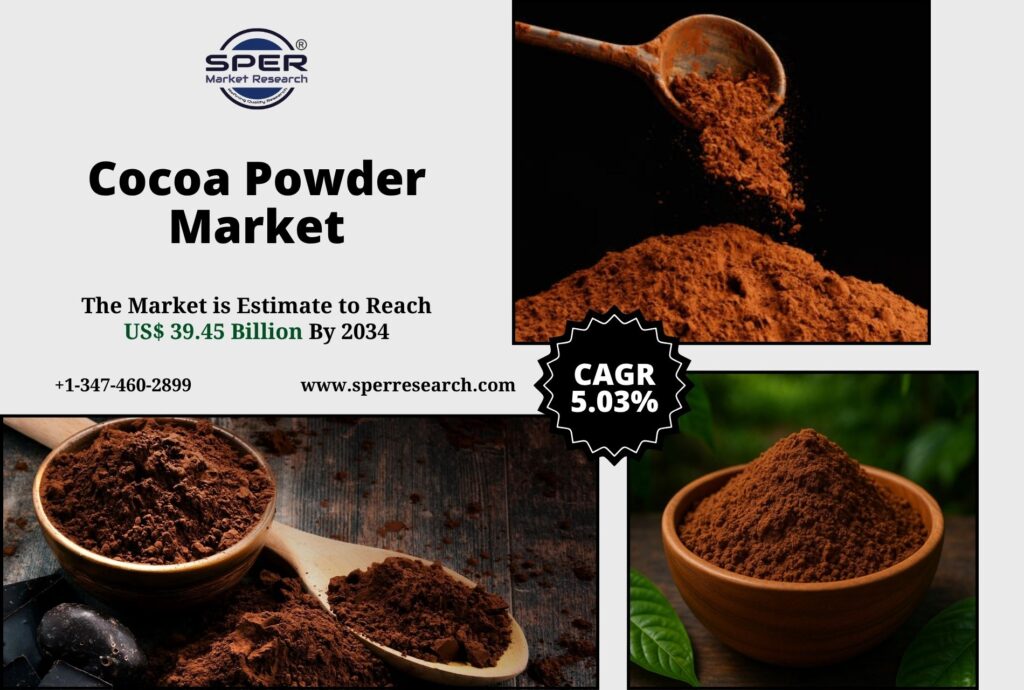The mezcal market represents a rapidly expanding segment of the global alcoholic beverages industry, driven by rising consumer interest in premium and craft spirits. Mezcal, a traditional Mexican distilled liquor made from the agave plant, is distinguished by its artisanal production methods and smoky flavor profile, setting it apart from tequila. The market’s growth is supported by increasing international demand, cultural promotion, and recognition under the Denomination of Origin, which ensures authenticity and quality. With evolving consumer preferences for unique and authentic experiences, the mezcal market is witnessing strong global penetration, positioning itself as a competitive player in premium spirits.
According to SPER market research, ‘Global Mezcal Market Size- By Product, By Category, By Distribution – Regional Outlook, Competitive Strategies and Segment Forecast to 2034’ states that the Global Mezcal Market is predicted to reach USD 2610.97 million by 2034 with a CAGR of 8.64%.
Drivers:
The global mezcal market is growing rapidly, fueled by rising consumer interest in premium, artisanal spirits with strong cultural heritage. Mezcal’s smoky flavor, traditional small-batch production, and versatility in cocktails make it appealing to those seeking authentic drinking experiences. Mexico, particularly Oaxaca, remains the production hub, while tourism and exports are expanding global recognition. Sustainability and ethical sourcing are increasingly important, with many buyers prioritizing eco-friendly options. Broader retail availability through supermarkets, hypermarkets, and online platforms has widened access. Additionally, premium packaging and the industry-wide premiumization trend, including 100% agave and organic mezcal, are driving continued growth and market differentiation.
Request a Free Sample Report: https://www.sperresearch.com/report-store/mezcal-market?sample=1
Restraints:
Despite its growing popularity, the global mezcal market faces several significant challenges. One major concern is the high cost of production, largely due to labour – intensive, traditional methods and the long maturation period of agave plants. Additionally, stringent regulations and certification requirements can limit small-scale producers’ access to international markets. Environmental concerns are also rising, as increased demand puts pressure on agave cultivation, threatening biodiversity and soil health. Moreover, the authenticity and sustainability that define mezcal’s cultural and artisanal value are at risk from over-commercialization and the entry of mass producers. Potential trade barriers and export restrictions may further impact global distribution. Addressing these challenges is essential to preserve mezcal’s unique heritage while ensuring long-term growth and environmental responsibility in the global market.
Regional Analysis:
North America is the leading region in the global mezcal market, supported by cultural and geographic ties to Mexico and strong demand for premium spirits. In the United States, interest in mezcal is rising, fueled by cocktail culture and a preference for authentic, high-quality beverages. Millennials, in particular, are drawn to its artisanal heritage and unique flavor. Some of the key players are Diageo PLC, Bacardi Limited, Pernod Ricard SA, Brown-Forman, Ilegal Mezcal, Rey and others.
For More Information, refer to below link: –
Related Reports:
Follow Us –
LinkedIn | Instagram | Facebook | Twitter
Contact Us:
Sara Lopes, Business Consultant — USA
SPER Market Research
enquiries@sperresearch.com
+1–347–460–2899

